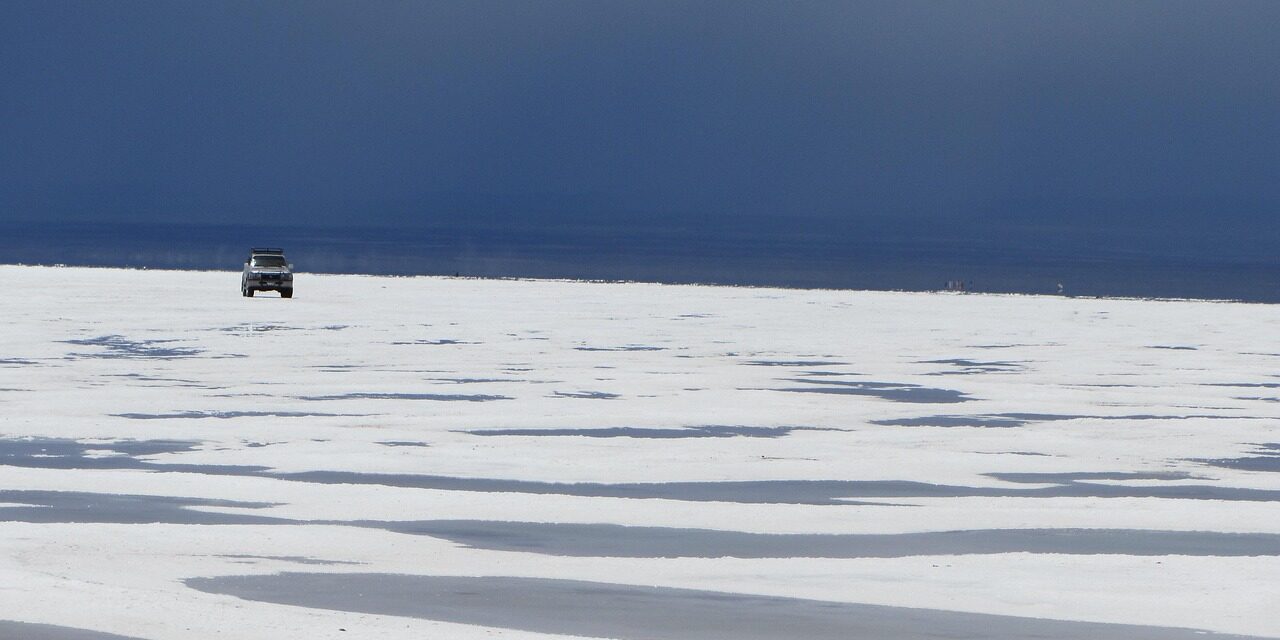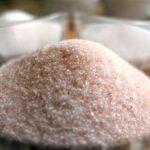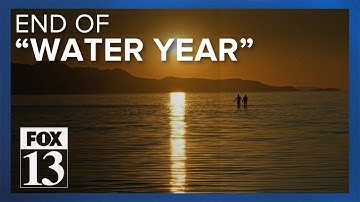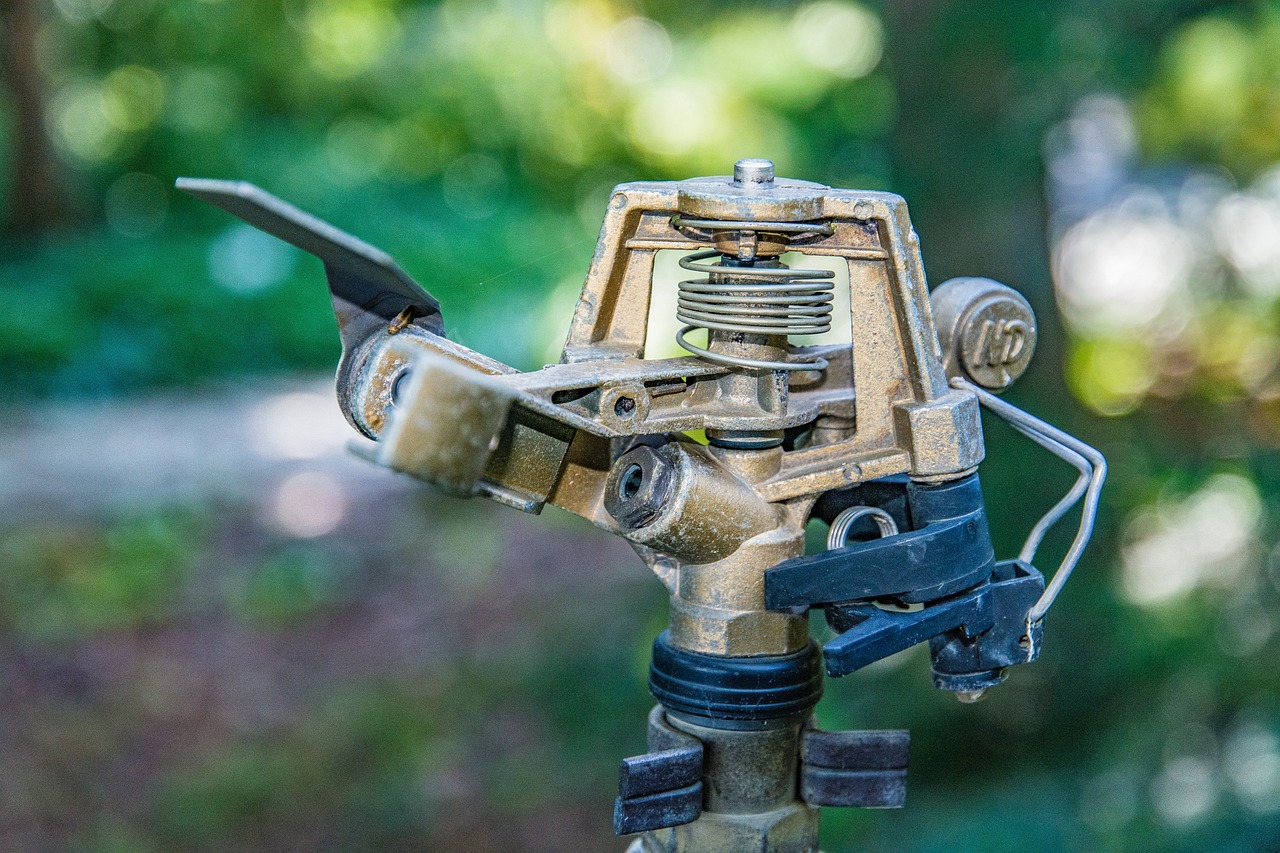Why Great Salt Lake – Water Cycle Solutions in The Great Salt Lake water shortages impact several areas, towns, and cities in Utah.?
Great Salt Lake – Water Cycle Solutions, and more
Question-Based Version:
The Great Salt Lake: A Vital Oasis in a Thirsty Future
- How is the Great Salt Lake a “vital oasis” for Utah’s ecosystem?
- What role does the water cycle play in the health of the Great Salt Lake?
- What factors are contributing to the shrinking of the Great Salt Lake?
- What are the alarming consequences of the lake’s decline?
- How does the Great Salt Lake benefit Utah’s wildlife, air quality, and economy?
- What are the potential risks to Utah’s environment and economy if the Great Salt Lake continues to shrink?
- What measures are being taken or considered to address the shrinking lake problem?
- How can individuals and communities contribute to preserving the Great Salt Lake?
- What lessons can be learned from the Great Salt Lake’s decline about the importance of water conservation and environmental stewardship?
- What is the future outlook for the Great Salt Lake, and what actions are crucial to ensure its sustainability?
The Great Salt Lake: A Vital Oasis Facing a Thirsty Future
TL;DR: The Great Salt Lake, a vital part of Utah’s ecosystem, is shrinking due to drought and overuse of water. This impacts wildlife, air quality, and local economies. Climate change is making the situation worse. We need to conserve water, use new irrigation techniques, and change our water policies to save the lake and protect our future.
A Vital Body of Water
The Great Salt Lake is a massive, salty body of water that sits in the heart of Utah. It’s a crucial part of the natural world, providing habitat for thousands of birds, fish, and other animals. The lake also helps keep the air clean and cool. But the lake is facing a serious problem: it’s shrinking.
The Water Cycle: A Delicate Balance
Like all bodies of water, the Great Salt Lake is part of the water cycle. This cycle is a continuous process where water moves from the Earth’s surface to the atmosphere and back again. Here’s how it works in the Great Salt Lake region:
- Precipitation: Rain and snow fall on the mountains surrounding the lake.
- Runoff: The snow melts and rainwater flows down rivers and streams into the Great Salt Lake.
- Evaporation: The sun heats the water, causing it to evaporate into the air.
- Condensation: As the water vapor rises, it cools and condenses back into liquid water, forming clouds.
This cycle is crucial for the health of the Great Salt Lake, but it’s being disrupted.
The Shrinking Lake: A Sign of Trouble
The Great Salt Lake has been shrinking for decades, and the problem is getting worse.
- Drought: The Southwest is experiencing a severe drought, which means there’s less rain and snow falling on the mountains.
- Overuse of Water: People in the region are using more water than ever before for agriculture, cities, and homes. This leaves less water flowing into the lake.
The shrinking lake has serious consequences:
- Wildlife: Many birds and animals depend on the Great Salt Lake for food and shelter. As the lake shrinks, their habitats are destroyed.
- Air Quality: The lake helps trap dust and pollutants, which improves air quality. As the lake shrinks, air quality worsens.
- Economy: The Great Salt Lake is a popular tourist destination and a vital part of Utah’s economy. As the lake shrinks, tourism suffers and businesses struggle.
Climate Change: A Growing Threat
Climate change is making the drought even worse, and that means less water for the Great Salt Lake.
- Warmer Temperatures: Warmer temperatures cause more snow to melt quickly, leading to less runoff into the lake. They also increase evaporation, drying out the lake faster.
- Changing Precipitation Patterns: Climate change is making weather patterns more unpredictable, with droughts lasting longer and rains becoming more intense.
Climate change is making it even harder to save the Great Salt Lake.
Finding Solutions: A Collective Effort
Saving the Great Salt Lake requires a collective effort. We need to use less water, find new ways to grow crops, and change our water policies.
- Water Conservation: Every drop counts! We can save water at home, in our gardens, and in our businesses.
- Innovative Irrigation Techniques: New ways of watering crops, like drip irrigation, can help save water.
- Policy Measures: Governments need to put in place policies that encourage water conservation and help the Great Salt Lake.
Active Climate Rescue Initiative (https://climate-rescue.org/) is actively working to solve the Great Basin water supply shortages. They are developing new technologies and strategies to conserve water and restore ecosystems.
A Hope for the Future
The Great Salt Lake is a vital part of our environment and economy. We need to act now to save the lake and protect our future. By working together, we can conserve water, change our water policies, and ensure that the Great Salt Lake continues to thrive for generations to come.
Summary: The Great Salt Lake is a vital part of Utah’s ecosystem, providing habitat for wildlife, cleaning the air, and boosting the local economy. However, the lake is shrinking due to drought and overuse of water, exacerbated by climate change. This threatens wildlife, air quality, and the region’s economy. Saving the Great Salt Lake requires a collective effort to conserve water, use innovative irrigation techniques, and implement new water policies. Organizations like Active Climate Rescue Initiative (https://climate-rescue.org/) are working to address these challenges and ensure a sustainable future for the Great Basin.
More on Great Salt Lake – Water Cycle Solutions…
- Great Salt Lake
- Water Cycle Solutions
- Utah’s Great Salt Lake
- Salinity Management
- Brine Shrimp
- Mineral Extraction
- Economic Impact
- Ecological Impact
- Climate Change Impacts
- Brine Concentration
- Lakebed Restoration
- Water Conservation
- Water Quality
- Watershed Management
- Evaporation
- Precipitation
- Inflow
- Outflow
- Hydrology
- Hypersaline Lake
- Terminal Lake
- Intermittent Lake
- Playa
- Salt Flat











